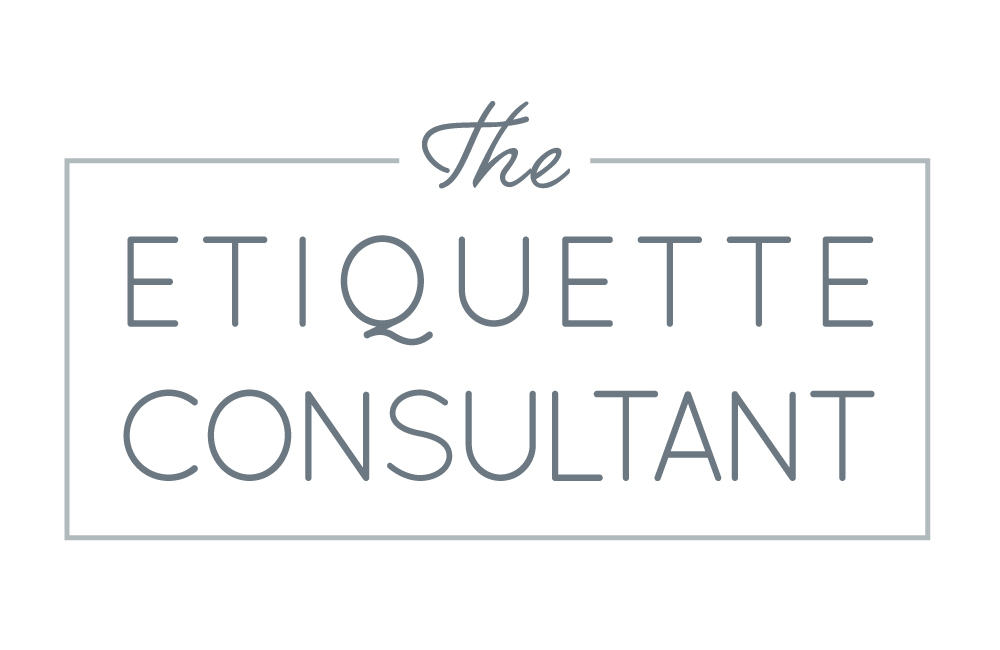Royal weddings come with their own set of rules—some of them are the same as any other formal wedding but some are exclusive.
The upcoming Royal Wedding will bring together Royals, high society and members of the general public. yet all attendees will be expected to follow Royal protocol and British etiquette. Guests will be on their best behaviour for the social event of the year that will be broadcast worldwide and by now all guests will have received their official Royal Etiquette Guidebook prepared especially for them (guests at the Duke and Duchess of Cambridge’s wedding received a 22-page guide).
Here are a few of the Royal expectations that the lucky guests will have to prepare themselves for.
Greetings – “How do you do”. This is actually a rhetorical question, the person asking this does not expect a detailed explanation of your health or anything else, a simple response of “How do you do” will suffice. This is not a greeting used on a daily basis throughout the UK, but it is uniquely British and is used among certain circles as a form of politeness at formal events.
Curtsy – Not something that many of us do on a daily basis, so some guests may need advice on whether or not to curtsy, and how to do it correctly. Knowing that the monarch will be present can be unnerving for any guest but really it shouldn’t present any problem. Protocol dictates that you shouldn't approach the Queen or ask her any questions, but her presence should be acknowledged. Gentleman are supposed to offer a brief bow; ladies are expected to curtsy …easy! (FYI Americans guest would not be expected to bow or curtsy to the Queen but may choose to do so out of respect).
Dining Etiquette – Guests will have a traditional wedding feast at Windsor Castle and will need to know how to navigate the formal place setting. Then they will need to decide whether to use the British method of eating (fork held with tines down and hands below the table when not in use) or the European method (fork held with tines down and hands above the table when not in use). Both styles will be accepted ways to eat but American style of eating (also known as the zig-zag method) may not be deemed appropriate. Should tea or after dinner coffee be served, guests should avoid sticking out the pinkie (last finger) as this is actually considered a faux pas. There are too many other dining etiquette quirks to mention. :)
Dress Code – The invitation (always to be adhered to, it is not just a suggestion) stated the dress code as: "Military uniforms, morning coats or lounge suits" for men and for women, “Day dress with hat.” The gentlemen have it somewhat easier and it’s a great opportunity for those with medals to display them with pride. The ladies on the other hand have more elements to consider!
- Day dress with hat also means: respectful attire, including reasonable hemlines, shoulders covered, no plain black outfits, no plain white outfits, open toed shoes or wedges are not ideal as not formal enough and no showing of the cleavage. Guests should take care to dress modestly, befitting to a Church of England setting with the Queen in presence, who also happens to be the Head of the church.
- As for the hats: there is no rule that hats MUST be worn but if you don’t wear a hat to a formal British wedding you risk being heavily criticized, as was the Former Prime Minister’s wife, Samantha Cameron at the wedding of Kate Middleton and Prince William in 2011. The British public were outraged at the lack of this important accessory. For those who aren’t too keen on hats, a Fascinator will do.
- Handbags – no need to state the obvious here as no woman I know would turn up at a wedding with anything other than a small clutch or shoulder bag.
Cell phones/Mobile phones – it’s more than likely that phones will not be allowed inside during the ceremony, avoiding the risk of selfies! Guests will at least be respectfully asked to switch them off. This is becoming quite a common request at many weddings nowadays, it’s considered bad etiquette to post photographs before the bride and groom release their own.
British Royal weddings typically adhere to traditions, with each Royal couple bringing their own twist. Let’s see what twist Meghan Markle and Prince Harry will bring!!
Julia Esteve
The Etiquette Consultant


